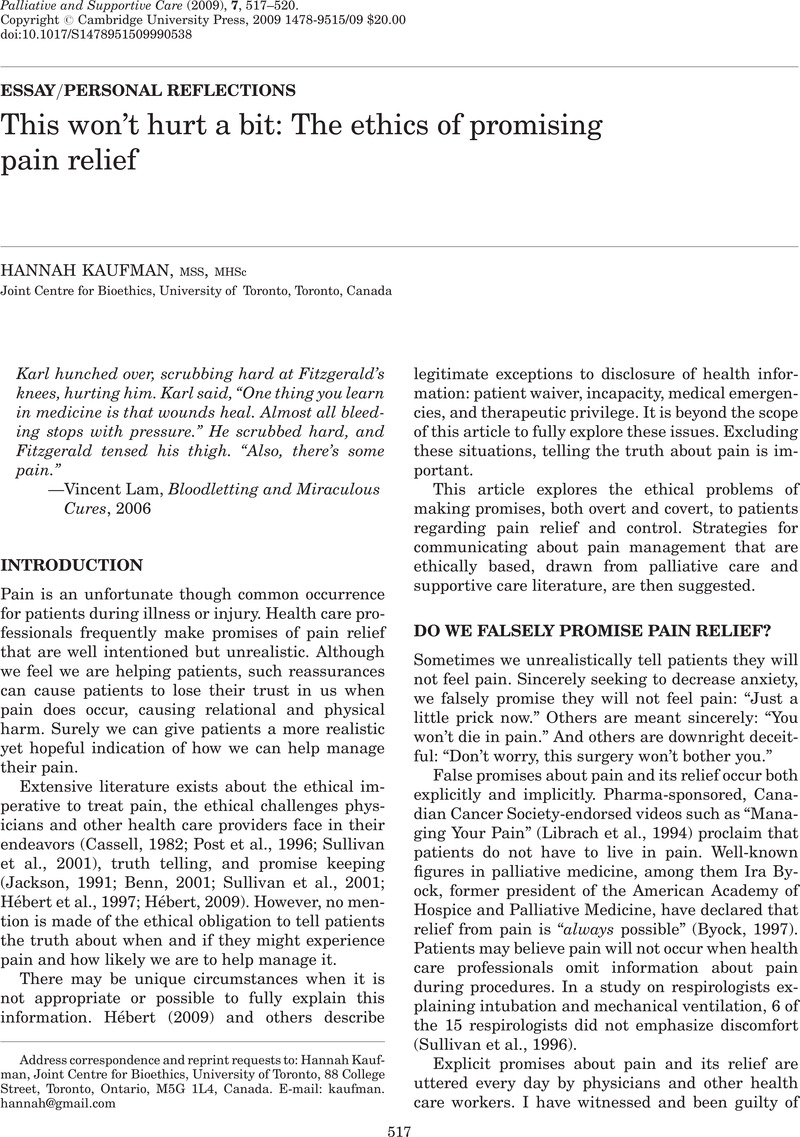Crossref Citations
This article has been cited by the following publications. This list is generated based on data provided by Crossref.
McCarthy, Carmel
2018.
Intrauterine contraception insertion pain: nursing interventions to improve patient experience.
Journal of Clinical Nursing,
Vol. 27,
Issue. 1-2,
p.
9.



